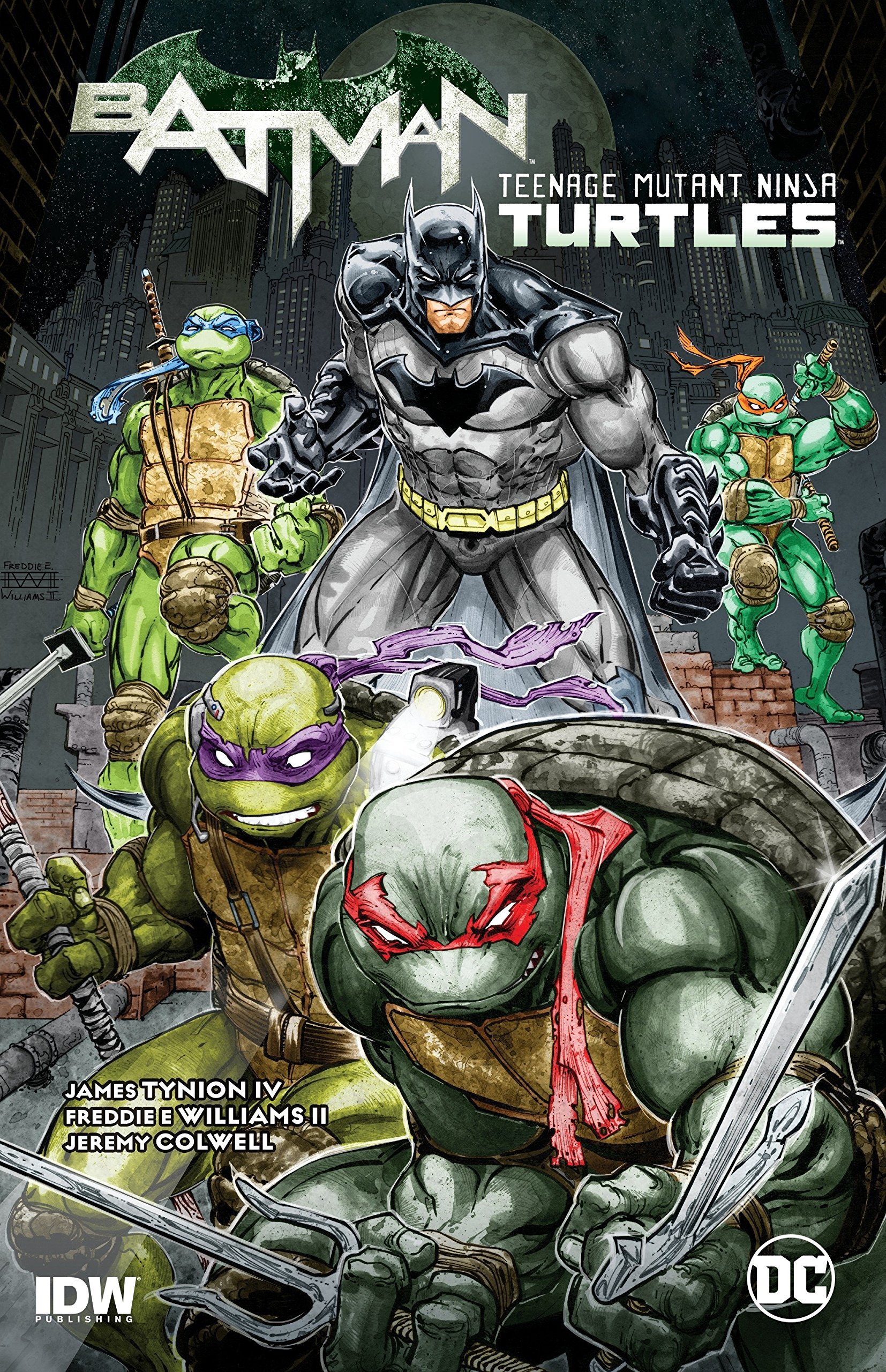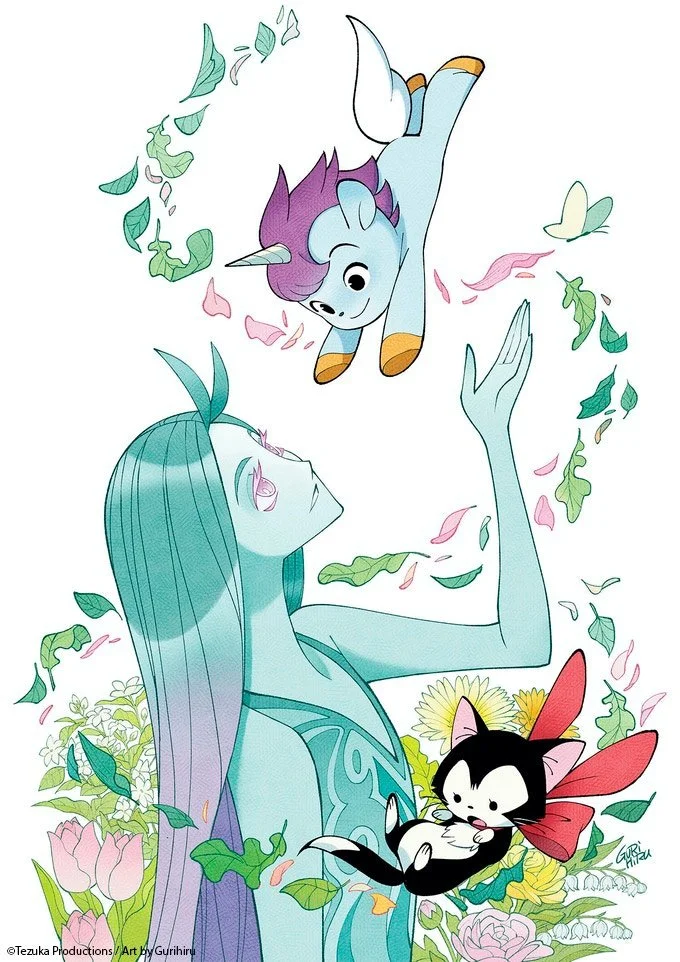The Man Without Fear...By The Year: 1967
By Bruno Savill De Jong — It’s 1967. The Summer of Love occurs in San Francisco, the Detroit Riots break out, and Thurgood Marshall becomes the first African-American Supreme Court Justice. People are listening to “Brown Eyed Girl,” watching The Graduate, and reading Daredevil.
Written by Stan Lee
Illustrated by Gene Colan
Inks by Frank Giacoia (24-27, 36), Dick Ayers (28), John Tartaglione (29-35, Annual #1)
Colours unknown/unlisted
Lettered by Sam Rosen (24-25, 28-29, 32, Annual #1), Artie Simek (26-27, 30-31, 33-36)
When Daredevil returns to America in 1967 – after having, again, cleared Ka-Zar’s name in England – he’s faced with another identity issue. Apparently, Spider-Man figured out his double-life (a development seemingly forgotten in continuity), and sent a letter explaining this to Matt’s office, which Karen and Foggy read. Matt is confronted by them upon his return, but thinking on his feet, conjures up a last-second story about his identical twin brother; Mike Murdock.
Perhaps too embarrassed to back down, Matt compounds this wild excuse by dressing up as the fast-talking, colorful and hip Mike, fooling his friends into thinking he’s his own “black sheep” twin brother. Even ignoring the silliness of this concept, Matt’s motivations are also confusing. “Mike” makes no secret about being Daredevil, openly discussing it and changing into costume in front of them. So, Matt basically has come out as Daredevil to his closest colleagues, only having created a whole new identity to do so, one that sticks around in Daredevil. You’d think it would be better to just cut out the middle man, and tell them the truth.
Instead, Matt keeps up the pretence of having (and being) a twin brother who is Daredevil, a scheme which inevitably leads to complications, including having the “Mike” personality while in costume. Matt has already expressed frustrations over “pretending to be helpless” as a regular blind lawyer, remarking how “it’s like Daredevil is my real identity – and I’m just play-acting as Matt Murdock!” Maybe Mike allows him to split the difference, being outrageous and daring as a “Murdock” in a way the conversative, sober, “helpless” Matt cannot.
Still, Matt’s triple identity-crisis leads to some bizarre scenarios, including when Matt is intentionally unmasked as Daredevil to throw suspicion off of him. Or how Matt tells a returned Stilt-Man that Mike is Daredevil, only for Stilt-Man being unable to find (the non-existent) Mike. Or, as Foggy summarizes Daredevil #30, when there is “Mike Murdock – in the identity of Daredevil – disguised as Thor – in order to trap two other loons,” without even realizing the added layer of Matt pretending to be Mike.
To be clear, I love Mike Murdock. A fictional identical twin is exactly the kind of soap-opera nuttiness to spice up Daredevil’s dynamics, especially when they’re as riotous and kooky as Mike. Stan Lee really leans into his ‘60s lingo for Mike’s flamboyant persona. Mike also becomes a fresh ingredient in Daredevil’s somewhat stale Love Triangle, becoming another candidate for Karen’s affections, only Mike’s extroverted pizazz allows him to actually be openly flirtatious with Karen (instead of silently pining away like Foggy and Matt). It seems to work, too, as Gene Colan draws Karen seductively leaning into Mike’s exuberant statements. Of course, this also creates complications, like when Matt’s dismissal of Mike – including “giving up” his secret-identity as Daredevil – causes Karen to reprimand him. As Matt thinks to himself, “when I’m Mike, she misses Matt! And When I’m Matt she raves about Mike! Only a guy with my sloppy luck could end up being jealous of himself!”
Foggy is, predictably, jealous of Mike’s attention-grabbing and motor-mouth, although Mike is pretty mean to Matt’s good friend, antagonizing him and making many jokes about his weight. Over the course of Daredevil, Foggy has slowly evolved from a stocky fellow to a portlier one, his dimensions becoming reinforced in opposition to Matt. Still, Foggy manages to prove himself a few times in 1967, including teaming up with Mike/Daredevil to take down some threats. The end of 1967 also sees Foggy getting another offer to be District Attorney, as well as again being contacted by his high-school crush Deborah Harris, last seen being imprisoned for helping the Organizer manipulate 1965’s election.
Daredevil doesn’t face such subterfuge in 1967, but he does clash with a larger roster of supervillains. Stilt-Man makes several appearances, combining with Leap-Frog for a team up of leg-theme supervillains, and later with the Masked Marauder, who (hilariously) marvels at his extendable legs and exclaims “how did Daredevil ever beat you in the first place”. 1967 also reveals the Masked Marauder is actually Nelson & Murdock’s building manager Frank Farnum, although Stan Lee admits “we don’t expect you to be too surprised.” Mike Murdock’s creation, and Matt’s rather cavalier attitude towards Mike’s double-life, means that most villains suspect some connection between Daredevil and the Nelson & Murdock offices. Therefore, Karen is kidnapped several times. Matt was ready to propose to her in Daredevil #29 – as either Matt or Mike – but her latest kidnapped makes him reconsider, even if the situation wouldn’t really change as she already “knows” Mike is Daredevil.
The year of 1967 also features a storyline wherein Mr Hyde and Cobra blind Daredevil. It’s surprisingly common for Daredevil enemies to attempt this – Masked Marauder’s “Omni-Ray,” throwing sand in Daredevil’s face, Aliens in Daredevil #28 activating a “sight-stealing ray” – usually with the irony of the already sightless Daredevil not being affected. But Hyde’s chemical formula actually, unintentionally, takes away Daredevil’s superpowers, rendering him “really – and – truly – blind!” It means Matt must operate as a genuinely blind person. For some reason he appears as Mike to tell Foggy and Karen he’s gone blind, instead acting as the usually blind Matt Murdock. Matt’s Mike-related decisions don’t make much sense this year. But this sightlessness results in several ironic moments, like when Daredevil performs a high-wire stunt to convince the villains he isn’t blind. Or when Foggy tries to tell the police Daredevil is blind, which gets him laughed out of the building. Matt Murdock’s “disguise” of being a blind lawyer is so ironclad that even when it becomes “real,” nobody believes it.
Daredevil faces several returning enemies at once in his first Annual, with Electro, Matador, Gladiator, Stilt-Man and Leap-Frog all teaming up as the “Emissaries of Evil.” Despite being a blatant copy of Spider-Man’s “Sinister Six,” it gives Daredevil a chance to prove his mettle against them all, and space for Gene Colan to showcase his dynamic artistry. Indeed, Colan increases his panel-size and impact through 1967, regularly utilizing full-page splashes. Examples include a montage of Matt’s home exercises in Daredevil #29, or Daredevil and the Trapster falling through the air in Daredevil #36. Stan Lee even directly applauds this artwork, captioning Daredevil #33 with “if anyone can write a caption – or dialogue – that does justice to this great illustration of Gene’s then go ahead – be Stan’s guest.”
Abraham Riseman’s new biography on Stan Lee, True Believer, has meant increased discussions over Lee’s artistic and monetary credit. I recommend James Romberger’s review of True Beliver at The Comics Journal for an in-depth discussion. Yet looking back at 1967, Lee was already cheekily admitting culpability, including a back-up story in the Annual (“At the Stroke of Midnight”) which portrays Lee and Colan arguing over Lee’s lack of detail, and how he leaves plots up to the artists. Making light of the situation doesn’t excuse Lee’s questionable business practices, of course, but it’s fascinating how he seemingly waved them under our noses the whole time. Much like Mike Murdock, sometimes a self-admitted huckster has to stare you in the face, in order to slip by unnoticed.
Check out past installments from The Man Without Fear…By The Year!
Check out Bruno Savill De Jong’s last regular series, Gotham Central Case by Case!
Bruno Savill De Jong is a recent undergraduate of English and freelance writer on films and comics, living in London. His infrequent comics-blog is Panels are Windows and semi-frequent Twitter is BrunoSavillDeJo.














